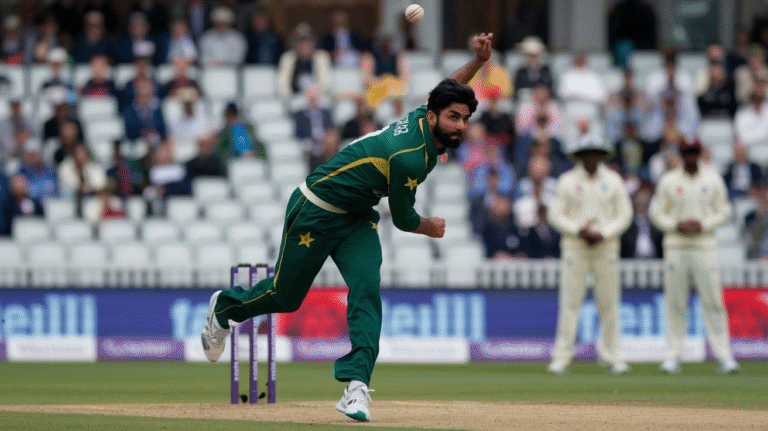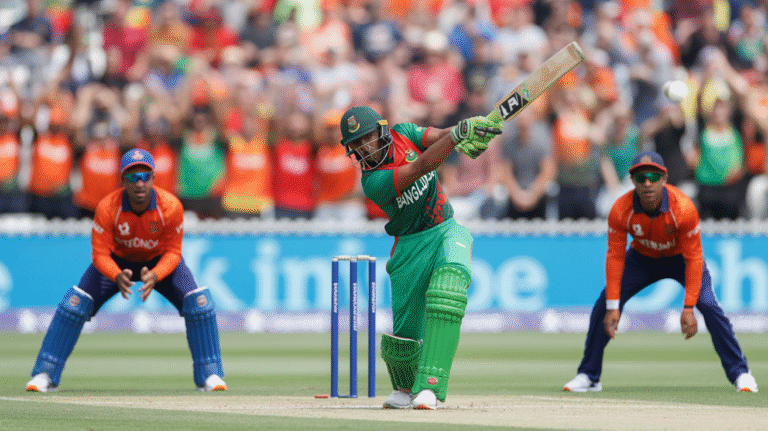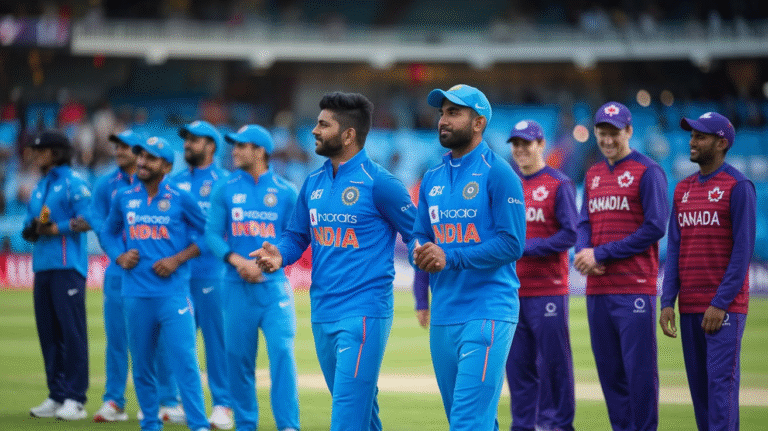Why J-League Match Popularity Japan Is Growing Fast Among Fans
J-League Match Popularity Japan has been rising steadily over the past few years. Fans from all over the country are now more interested in watching football matches live and on TV. The exciting games, talented players, and strong teams make J-League matches fun and entertaining. Many people enjoy cheering for their favorite clubs and following…
J-League Match Popularity Japan has been rising steadily over the past few years. Fans from all over the country are now more interested in watching football matches live and on TV. The exciting games, talented players, and strong teams make J-League matches fun and entertaining. Many people enjoy cheering for their favorite clubs and following the season closely. Social media and online streaming have also made it easier for fans to keep up with match highlights, scores, and news. As a result, more families, young people, and even older fans are attending stadiums or watching games at home. The atmosphere during J-League matches is full of energy, with fans singing songs, waving flags, and celebrating goals together. This shows that football has become a big part of Japanese culture and daily life, making J-League match popularity Japan stronger every year.
One main reason for the increasing J-League match popularity Japan is the growth of local football clubs. Teams like Kashima Antlers, Yokohama F. Marinos, and Urawa Red Diamonds have built large fan bases through consistent performance and community engagement. Football schools and youth programs have also inspired young players, who then follow professional matches closely. Sponsors and media coverage contribute by promoting matches on TV, online platforms, and social media, reaching fans in cities and small towns. International players joining J-League teams make games more competitive and interesting for fans, attracting viewers from outside Japan too. The league’s marketing efforts, such as fan events, player interviews, and merchandise sales, help keep supporters engaged throughout the season. All these factors together make J-League match popularity Japan continue to grow, bringing joy to football fans everywhere and boosting the sport’s presence in Japanese society.
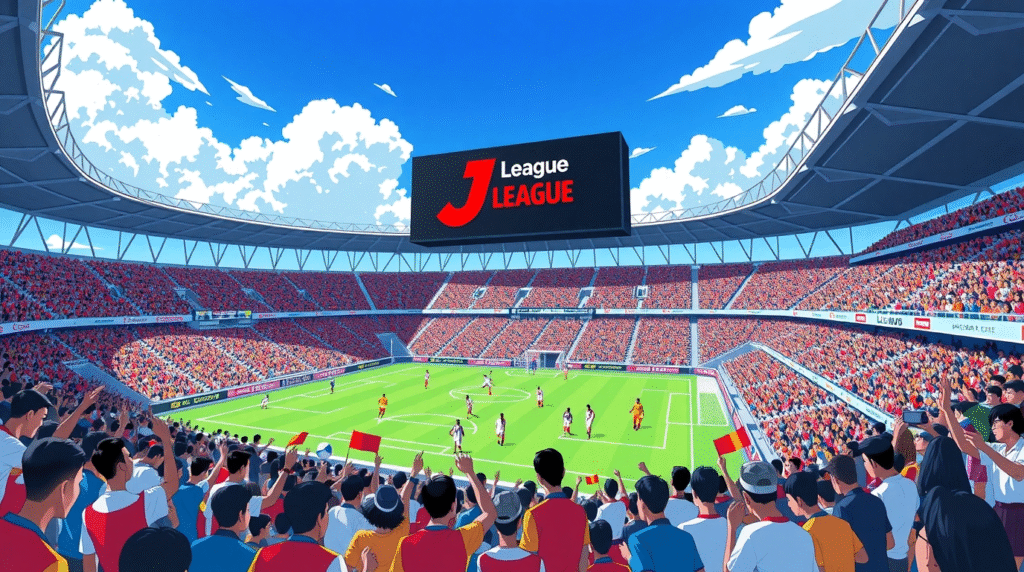
Growth of J-League Attendance
J-League match popularity Japan can also be seen in the increasing stadium attendance. Many matches now have full stadiums with cheering fans. Ticket sales have increased steadily, showing that more people prefer watching matches live. Families often visit stadiums together, making it a fun outing. The stadiums provide a safe and friendly environment where everyone can enjoy the game. Clubs also focus on fan experiences by offering comfortable seating, food courts, and merchandise shops. Fan clubs and supporter groups play an important role by creating chants, banners, and fan events. This lively atmosphere makes football more than just a sport; it becomes a community gathering. With better stadiums and improved fan engagement, J-League match popularity Japan continues to rise every season.
Role of Media in Popularity
Media has played a key role in boosting J-League match popularity Japan. Television broadcasts, online streaming, and social media platforms make it easy for fans to follow every game. Highlights, interviews, and match previews keep fans informed and excited. Many channels show live matches, even for fans living in remote areas. Social media platforms like Twitter, Instagram, and YouTube allow clubs and players to connect with fans directly. Fans can comment, share content, and interact with their favorite players online. This constant engagement helps maintain interest in the league. Online news portals and sports websites provide statistics, player profiles, and match analysis. This coverage makes J-League match popularity Japan more visible and accessible for everyone.
Famous Teams and Players
Famous clubs and players are a big reason for J-League match popularity Japan. Teams like Kashima Antlers, Yokohama F. Marinos, and Urawa Red Diamonds have loyal supporters. These clubs have rich histories and strong performances, attracting fans nationwide. Star players, both Japanese and international, make matches exciting. Fans watch to see their favorite players score goals, assist, or make amazing saves. Some international players bring new skills and techniques that improve the quality of the game. This makes matches competitive and thrilling. Youth players who dream of becoming professionals also follow these teams closely. Famous clubs and players keep J-League match popularity Japan alive and growing season after season.
Fan Culture and Community Engagement
J-League match popularity Japan is also connected to fan culture. Fans sing songs, wave flags, and wear jerseys to show their support. Supporter groups organize events and fan meetings to bring people together. Clubs participate in local community activities, charity events, and football schools. This strengthens the bond between teams and fans. Youth programs encourage children to play football and follow professional matches. Families enjoy attending matches together, making it a social event. Fan culture makes football more than a game; it becomes a shared experience that builds community. This active engagement contributes greatly to J-League match popularity Japan.
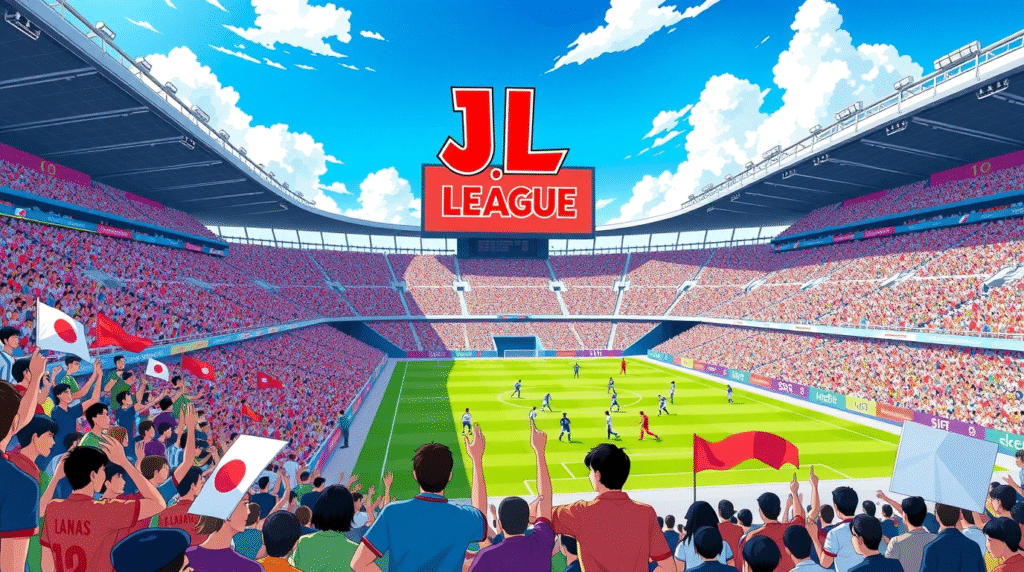
Social Media and Online Influence
Social media has a huge impact on J-League match popularity Japan. Platforms like Instagram, Twitter, and YouTube provide updates, highlights, and live clips. Fans can follow their favorite clubs, players, and matches anytime. Online discussions about strategies, scores, and players keep fans engaged. Memes, posts, and live streaming of goals make games more interactive. Clubs use social media to announce events, ticket sales, and player news. Fans feel connected and involved, even if they cannot attend stadiums. Online influence helps J-League match popularity Japan reach a wider audience, including international viewers who are interested in Japanese football.
Impact of International Players
International players contribute significantly to J-League match popularity Japan. Players from other countries bring experience, skill, and excitement to the league. Their presence attracts more fans to matches and media coverage. Fans enjoy watching new techniques and strategies that improve overall football quality. International stars also increase merchandise sales and sponsorship deals. Young players learn by observing these professionals, which raises the level of Japanese football. International influence makes matches competitive and entertaining. This contributes to the steady growth of J-League match popularity Japan over the years.
Marketing and Sponsorship
Marketing strategies and sponsorships play a key role in J-League match popularity Japan. Clubs promote matches through ads, social media, and events. Sponsors support teams by funding stadiums, training facilities, and merchandise. Special offers, discounts, and fan engagement activities attract more spectators. Media partnerships ensure matches reach TV audiences and online viewers. Marketing campaigns create excitement around the league and encourage fans to watch every game. With strong marketing and sponsorship, J-League match popularity Japan continues to rise steadily, bringing more attention to the league and its players.
Stadium Experience
The stadium experience is an important factor for J-League match popularity Japan. Modern stadiums offer comfortable seating, food courts, and shops. Families and groups of friends attend games together, enjoying the lively atmosphere. Supporters create cheers, banners, and songs that make the environment exciting. The stadium becomes a place where fans celebrate, socialize, and enjoy football. Clubs often organize pre-match and halftime events to keep spectators engaged. A good stadium experience encourages fans to return, increasing overall match attendance. This adds to the growing J-League match popularity Japan.
Comparing J-League With Other Sports
When compared to other sports in Japan, football has gained more attention in recent years. Baseball has traditionally been popular, but football attracts younger fans and international viewers. J-League match popularity Japan benefits from competitive matches, star players, and engaging fan culture. Media coverage, social media influence, and marketing strategies make football more visible. Fans enjoy the fast-paced action, goal celebrations, and team rivalries. This shift shows that J-League matches are becoming a major attraction for Japanese sports fans, rivaling other traditional sports in popularity.
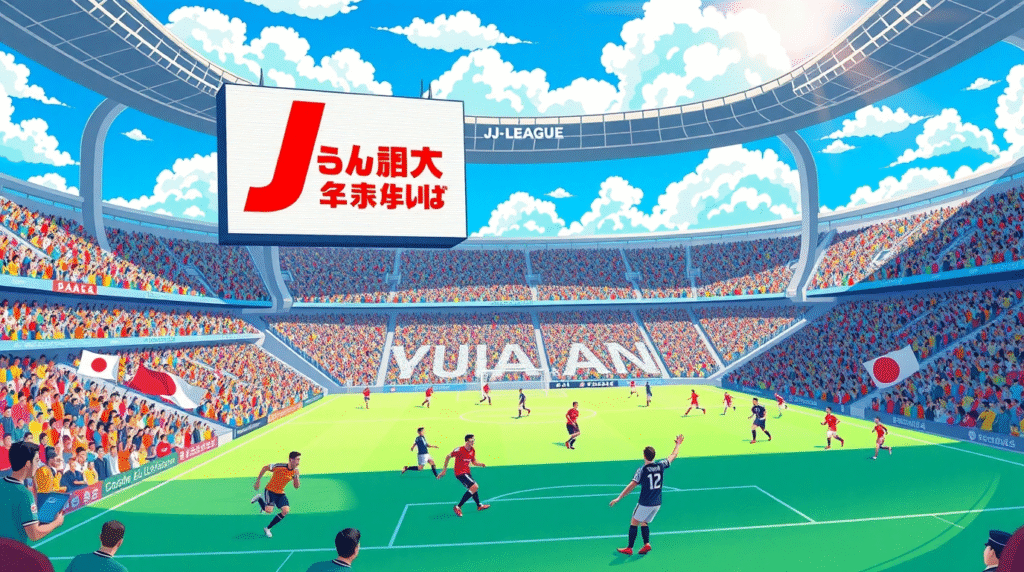
Future Trends
The future of J-League match popularity Japan looks promising. Clubs are improving facilities, youth programs, and international recruitment. Media coverage and online streaming will continue to expand. Fans will have more ways to follow matches and interact with players. Marketing campaigns, social media strategies, and community engagement will attract even more spectators. International attention may increase as more players from abroad join the league. Youth programs will inspire future players and fans, ensuring long-term growth. With these trends, J-League match popularity Japan is likely to grow stronger and reach a larger audience both domestically and globally.
Conclusion
J-League match popularity Japan has grown because of strong clubs, exciting players, active fan culture, and effective media coverage. Stadium experiences, social media, and marketing strategies have also contributed to the rise in popularity. International players and youth programs keep fans engaged and bring new viewers. Football in Japan is no longer just a sport; it is a social activity and cultural phenomenon. The league continues to attract fans of all ages, making J-League match popularity Japan stronger each year.
FAQs
Q: Why is J-League match popularity Japan increasing?
A: It is increasing due to strong teams, star players, active fan engagement, media coverage, and community programs.
Q: Which teams are most popular in J-League?
A: Teams like Kashima Antlers, Yokohama F. Marinos, and Urawa Red Diamonds have the largest fan bases.
Q: How do international players affect popularity?
A: They bring new skills, attract media attention, and make matches more exciting for fans.



